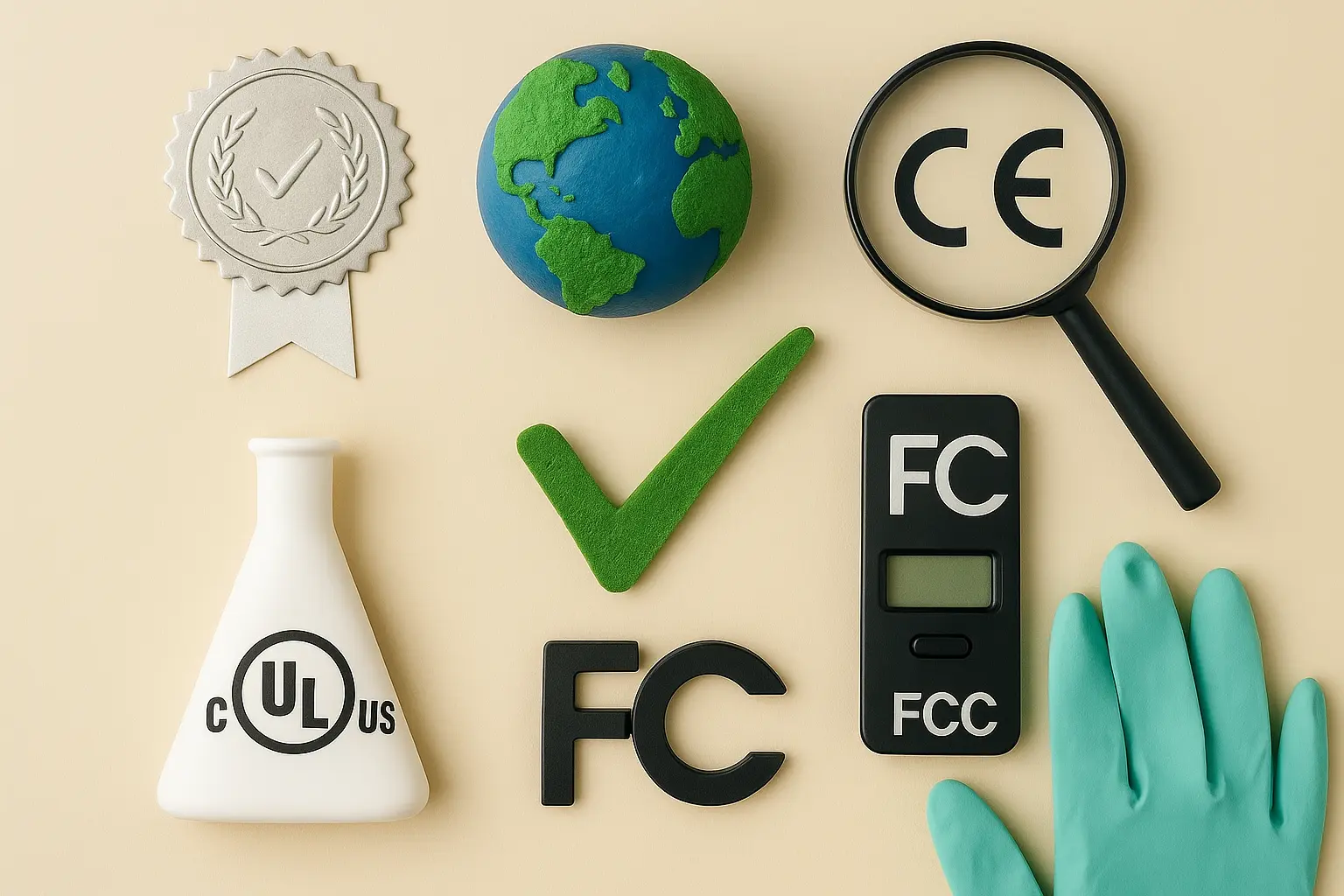Construction Products Regulation Certification
The Construction Products Regulation (CPR) is a European Union regulation that ensures the harmonization of national legislation across member states regarding construction products. CPR certification guarantees that a product meets all necessary requirements for use in construction, ensuring safety and performance standards are met.
For an effective CPR certification, testing laboratories follow specific procedures to ensure compliance with relevant international standards such as EN 13976 (for fire resistance). This involves rigorous testing of various properties including strength, durability, stability under load, thermal insulation, sound absorption, and resistance to water penetration.
The process begins with a thorough review of the product's design documentation. Compliance officers must ensure that all applicable standards are correctly referenced in these documents. Next comes laboratory analysis where specimens undergo testing using state-of-the-art equipment calibrated according to ISO or EN specifications.
Quality managers play a crucial role here by overseeing sample preparation and ensuring accurate data collection during tests. Once testing is complete, results must be compiled into detailed reports which include not just numerical values but also graphical representations like stress-strain curves when appropriate.
Auditors then review these reports to verify that they meet CPR requirements before issuing certificates of conformity. This ensures consistent quality across different markets within the EU while protecting consumer interests by preventing substandard products from entering circulation.
Compliance officers should also stay updated on any changes in regulations or best practices related to CPR compliance as this can impact how testing is conducted and what criteria need to be met for certification.
Scope and Methodology
- The scope of CPR covers all construction products, including those intended for use in buildings, roads, railways, etc.
- Testing laboratories must adhere to strict standards set by organizations like CEN (European Committee for Standardization) or national bodies recognized by EU member states.
Methodologically speaking, CPR certification involves several key stages:
- Design review - Ensuring all necessary information is provided to support compliance claims.
- Material testing - Evaluating physical and chemical properties of raw materials used in the product.
- Performance evaluation - Assessing how well the final product performs under various conditions.
- Certification issuance - Issuing certificates based on successful completion of all required tests.
Quality and Reliability Assurance
To maintain high levels of confidence in CPR certified products, laboratories employ robust quality management systems. These ensure consistent accuracy and precision in test results through regular calibration checks and audits.
- Calibration - Ensuring that all instruments used during testing are accurate according to international standards.
- Audits - Regular reviews of processes by both internal auditors and external bodies to maintain compliance.
- Data validation - Cross-checking results against historical data to identify any anomalies or inconsistencies.
Use Cases and Application Examples
CPR certification is essential for manufacturers looking to sell their products across multiple EU countries. Here are some practical applications:
- Building materials like concrete, bricks, insulation boards.
- Safety equipment such as fire extinguishers and safety helmets.
- Eco-friendly options including sustainable roofing solutions or energy-efficient windows.
- A manufacturer of cement might need to demonstrate its product's compressive strength meets specified thresholds under various loading scenarios.
- An insulation board supplier would focus on thermal conductivity measurements and fire resistance ratings.





